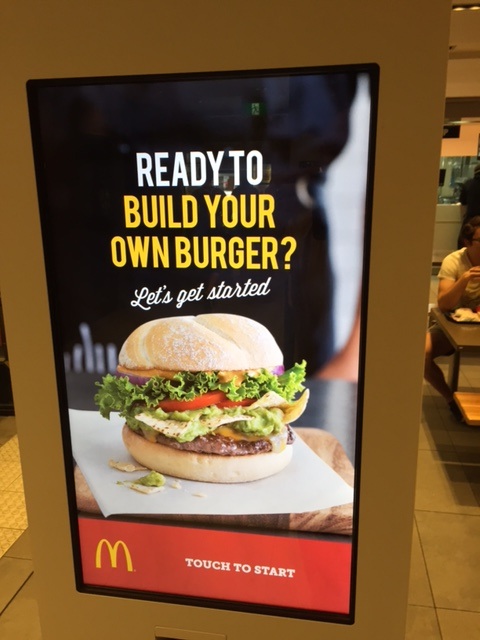Strategy 1 – Become more like a Startup
This post is for any manager or leader in an established organisation that might face the threat of disruptive innovation.
Which is nearly every industry.
But this begs the question, what can a leader do to prevent being disrupted?
Here is strategy number 1.
Think, feel and act more like a startup.
This means for example to:
– Invest in relevant startups so that you do not get surprised by them and you can eventually embed them into your business if the startup takes off.
– Set up an innovation hub for would-be startups.
– Have your existing managers and leaders mix with entrepreneurs and share new ideas
– Set up a startup of your own. This would have to be a separate company perhaps with its own identity, management structure, processes etc.
– Try and inculcate more of a startup mindset and culture.
– Learn and practice processes like Lean Startup and Design Thinking.
Strategy 2 – Reinvent the current business
The other approach to preventing disruptive innovation is to reinvent the existing business.
This might mean for example to:
– Develop new propositions e.g. Think of McDonald’s Build your own burger for example
– Aim at new markets e.g. Think of Twenty 20 cricket that is attracting a new market in terms of kids, females and occasional cricket watchers
– Canabalize your own products e.g. Apple and Gillette do this really well. You just get used to the iphone 5 then along comes the iPhone 6 …
Ideally leaders and managers should be working on both strategies at the same time.
It is no guarantee however that disruptive innovation will not occur but your business will be better prepared and you never know, your business may just be the one that is disrupting others.
Dominos Pizza is a great example of using both strategies.
They have reinvented their pizza topping’s (i.e.taste) and invested heavily in digital which accounts for 60% of their sales.
They have also opened up their DLAB to startups.
According to the Dominos (Australian) CEO, Don Meij:
“The DLAB started out as a work space to help us innovate.
In our business we dream up ideas which get stuck in a bottle neck … the new lab allows our team to think or create physical things.
With that space we also wanted to open up to the industry … allow start-ups to be part of a commercial environment and be part of a team that brings things to life.
We may invest in ideas or be their customer.’

